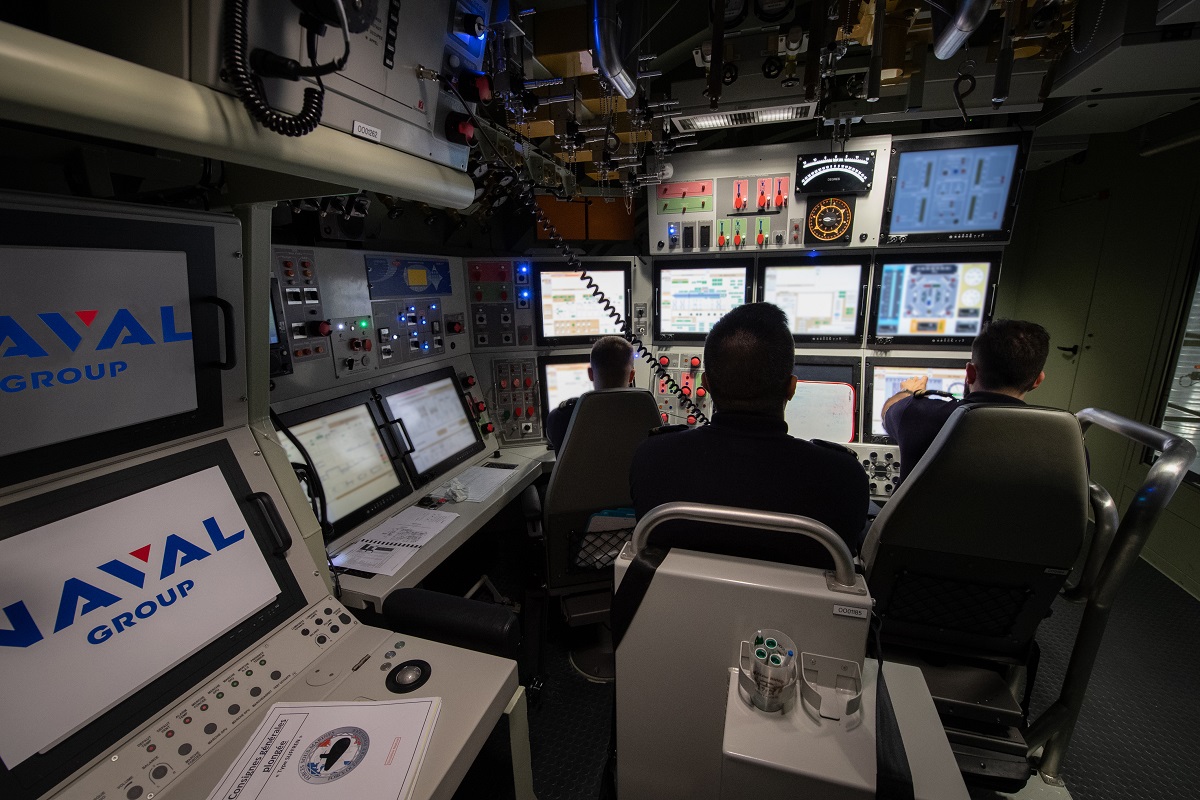Going Boeing
Well-Known Member
The BAES Australia announcement of their development of the Strix armed VTOL Drone is exciting and it’s shaping to be quite a versatile system for the ADF. Some articles mention its compatibility with the LHD’s but, I believe that it’s design allows a lot more than that. The way that the outer wings fold would make it suitable for operating off a number of Navy vessels, possibly including the Arafura class. It’s size and weight should allow it to operate off the Arafura’s flight deck in conjunction with the S-100 Camcopter and would provide a second surveillance capability as well as an offensive role if required. It’s range is quoted as 800km so it would increase the surveillance area covered by each Arafura. At long range, it appears that it would require an airborne communications relay which probably would be via satellite but the S-100 Camcopter could potentially be modified to have this capability. I think this system has a lot of potential.
BAE unwraps Strix VTOL strike drone with 800km range at Avalon - Breaking Defense
BAE unwraps Strix VTOL strike drone with 800km range at Avalon - Breaking Defense
Last edited:

